Specifics:
I thought of doing an video installation with stories to tell where there will be 4 panels or more of people’s thoughts of what family means to them or what they would like family to be? There will be head phones attached to these panels and after that there will be a puzzle piece that will fall out. These puzzle pieces could be where people could write down what family means to them and bring them home or piece together with the bigger picture.
References/ Inspirations:
‘1999’ by Liu Ding



About the work:
“1999,” is a sound installation by artist Liu Ding. It is an episodic narrative about the cultural life in China in the 1990s. The artist uses telephones in his installation to unfold a series of so-called ‘telephone calls from the past.’ The work consists of recorded quotes and pop music of the 1990s. These texts were written by Liu Ding or excerpts taken from interviews Liu Ding conducted with Chinese artists and critics active in the 1990s.
http://www.shanghaibiennale.org/en/artist/detail/10/11.html
http://www.randian-online.com/np_feature/from-memory-to-archive-remembrance-and-amnesia-in-the-works-of-liu-ding-2/
Personal reflection:
I found this installation interesting where the artist uses the telephone to communicate the life of China in the 1990s using a familiar device, telephone. The installation enables the audience to listen to different stories or music from the past to understand the background of contemporary art. I could incorporate the idea of interviews or my own personal stories through a sound installation and people can hear them.
Autel de Lycée Chases by Christian Boltanski
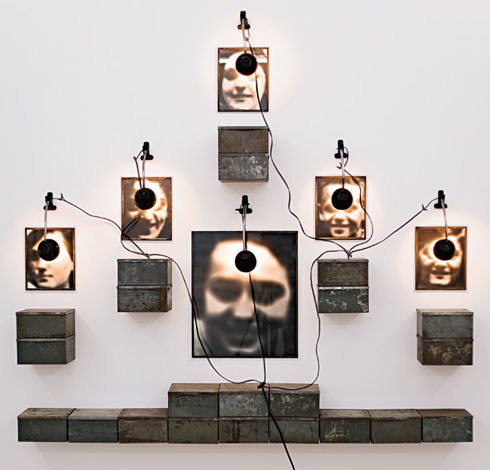
About the work:
Autel de Lycée Chases is a photo and light installation by Christian Boltanski. Autel de Lycée Chases means Altar to the Chases High School. The artist uses black and white enlarged photos of Jewish students from a Viennese high school, 1931. He place the photos which do not give any clue to identify to connect to these individuals. The installation is most likely hinting at the Holocaust as it seems like a monument for the dead. There is light shining on these photos which may suggest hope alongside loss. Boltanski intermingles emotion and history, sentimentality and profundity in his work.
http://artmuseum.princeton.edu/collections/objects/42505
https://www.guggenheim.org/arts-curriculum/topic/christian-boltanski
Personal reflection:
I found it quite disturbing in terms of the colour used by the artist. It is interesting where he plays with photos and light to create the mood he wanted to convey through the installation. I could think about how to place the panels in a interesting way or make the videos or photos in a specific mood to create thoughts and conversations among people.
Life Needs Internet by Jeroen van Loon
Video:
About the work:
Life Needs Internet is an installation created by Jeroen van Loon. The installation shows 8 handwritten letters from different people about the influence of the internet on daily life. The video portraits and letters are combined together. The artist wants to portray the evolution of the global digitalisation and it’s impact on different cultures through this installation. He also created a website to document how people feel about the internet through handwritten letters.
https://jeroenvanloon.com/life-needs-internet-2012/
https://jeroenvanloon.com/life-needs-internet-online/
Personal Reflection:
I feel that this installation is quite similar with my idea of stories even though it is in different context. The use of handwritten letters is something personal and reflects about a person’s thoughts. I felt that I could incorporate the use of website where I could let more people contribute their own personal stories and create a giant puzzle via a digital platform. The installation could be a video of the myself/ others or an object relating to my/ others stories.
Feedback/ food for thought:
1. Look into the process of learning – figure out the puzzle form
- Digital form – write down on a digital platform and create the whole image through images or words (contribute to the website)
- Physical form – write down on actual puzzle pieces or have images of puzzles that people can relate to, encourage them to write down their thoughts and piece all together to create a bigger picture.
2. Create an anecdote of 1 part of the story using the puzzle piece
- For example – the cause of why there is a brokenness between the relationship between my grandmother and myself
3. The framework can start from my family then move on to interview people about their own personal relationships (collect stories)







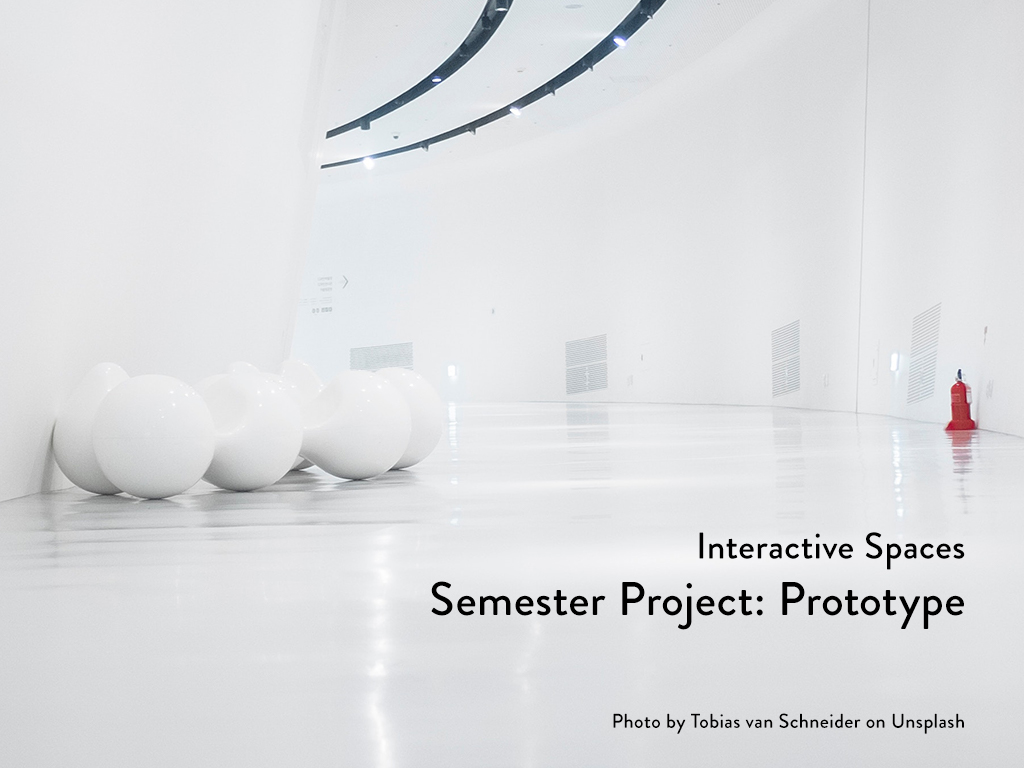
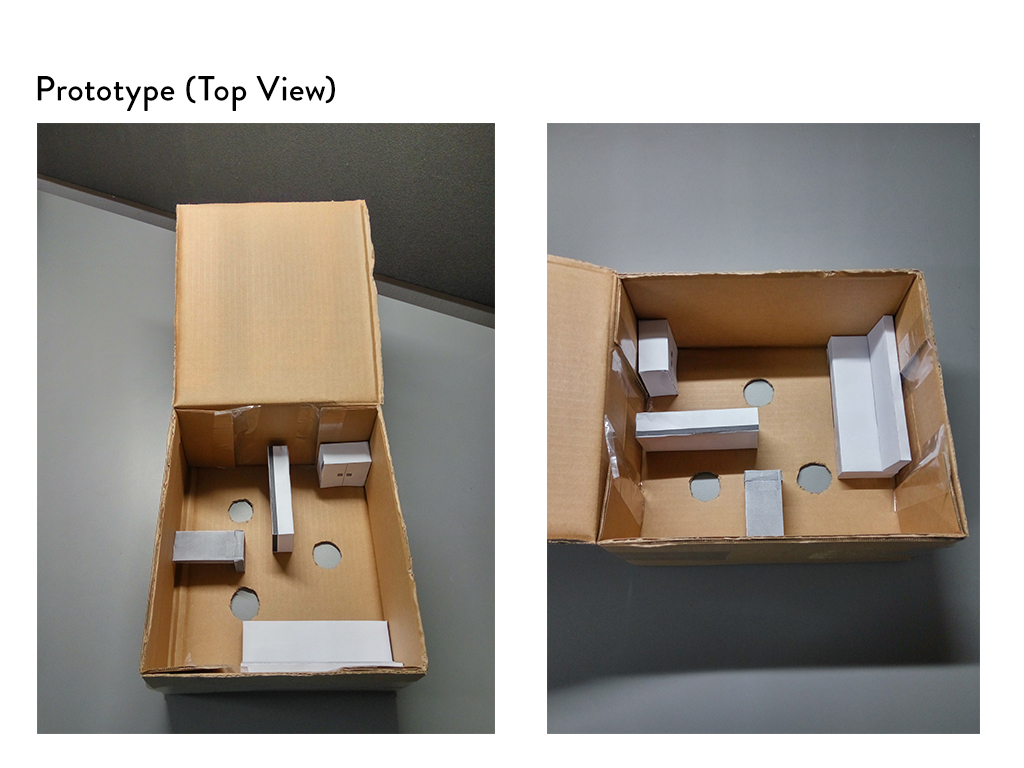
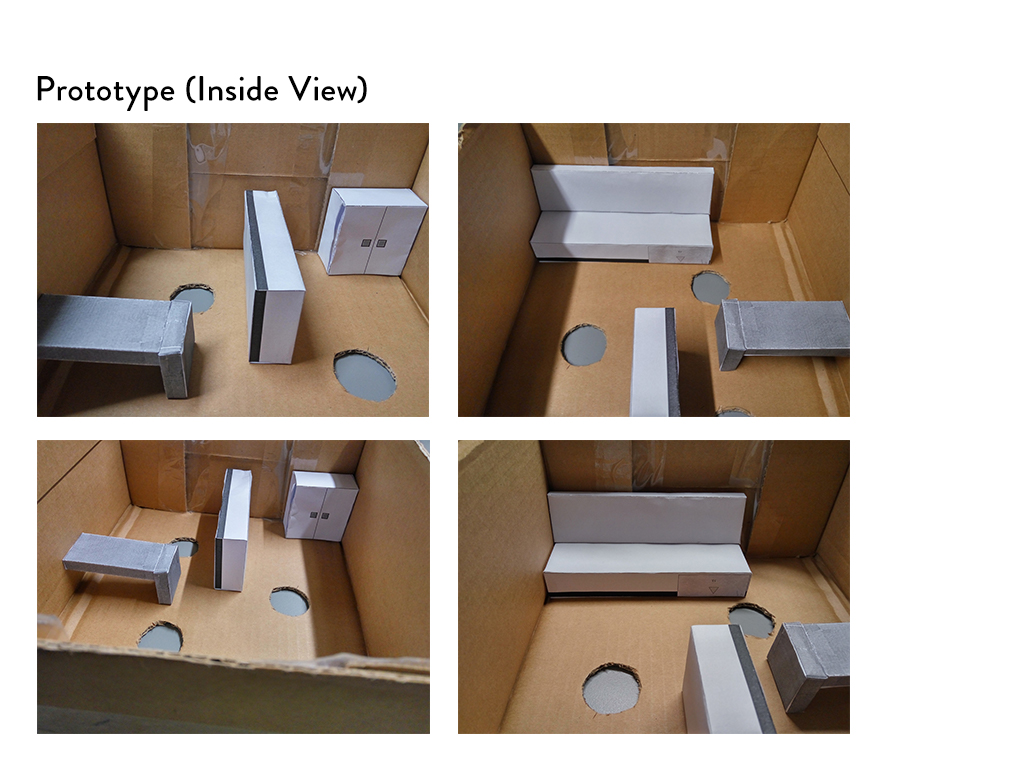
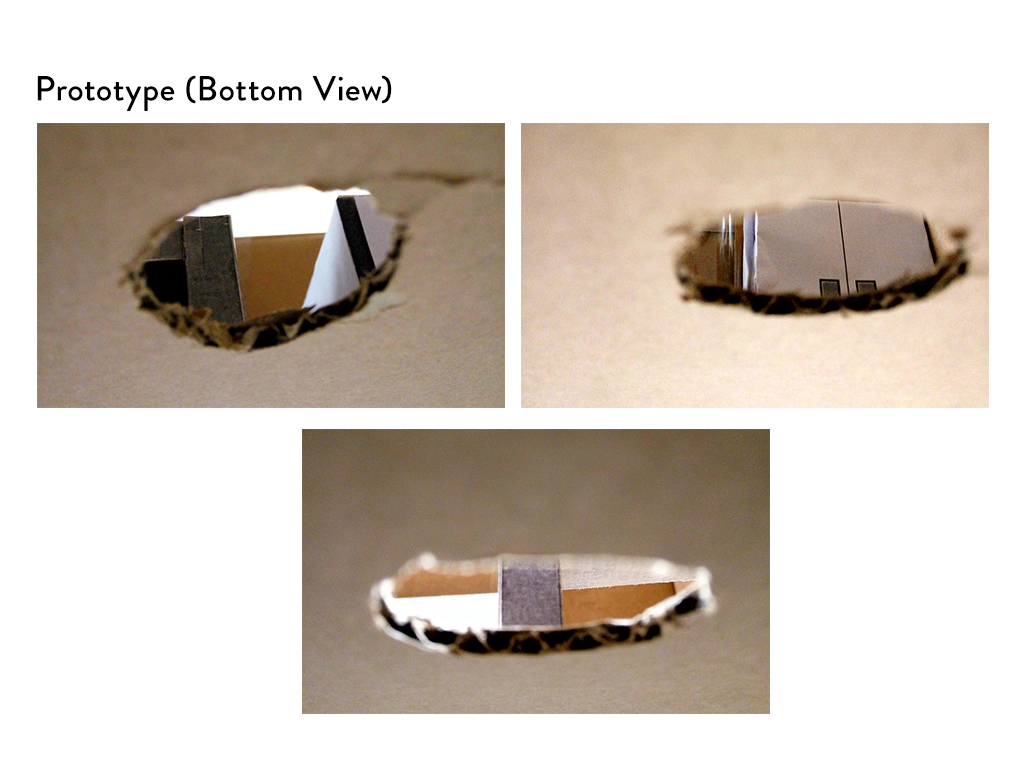











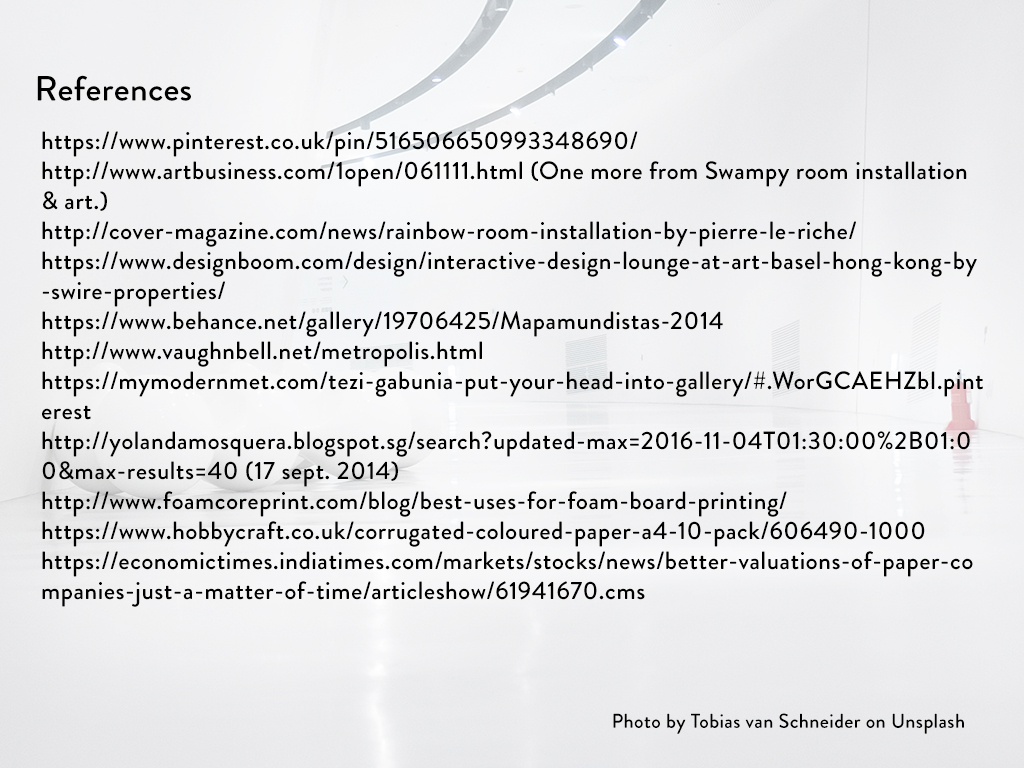
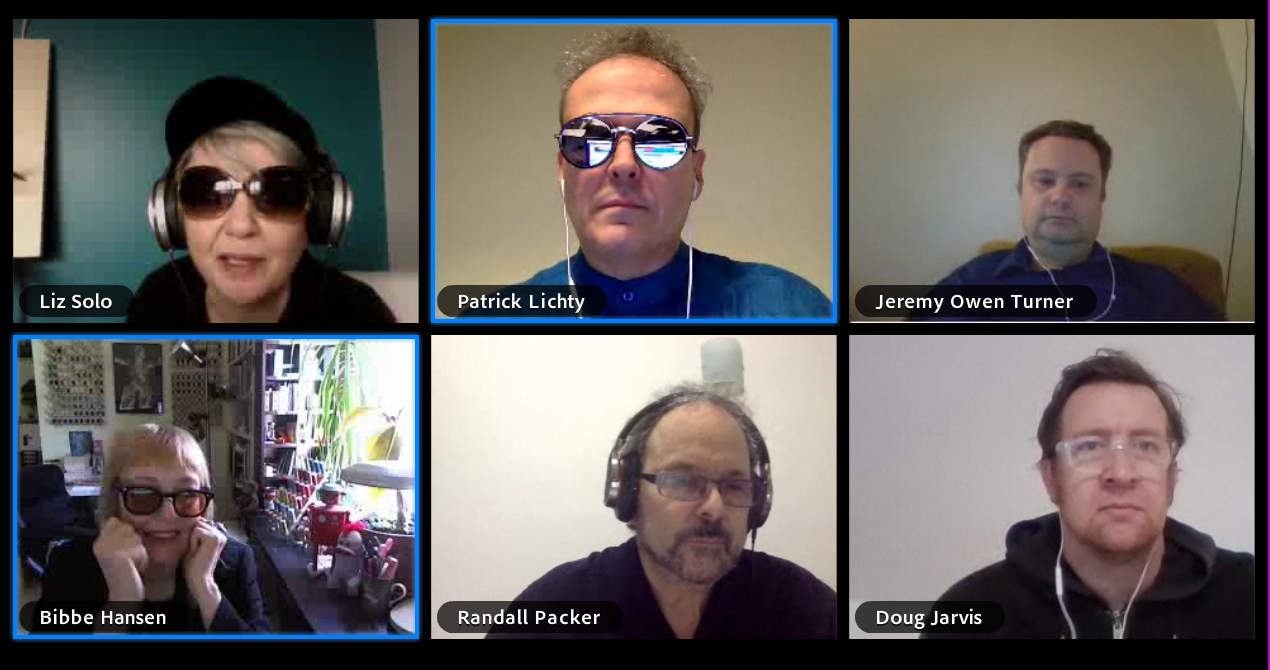
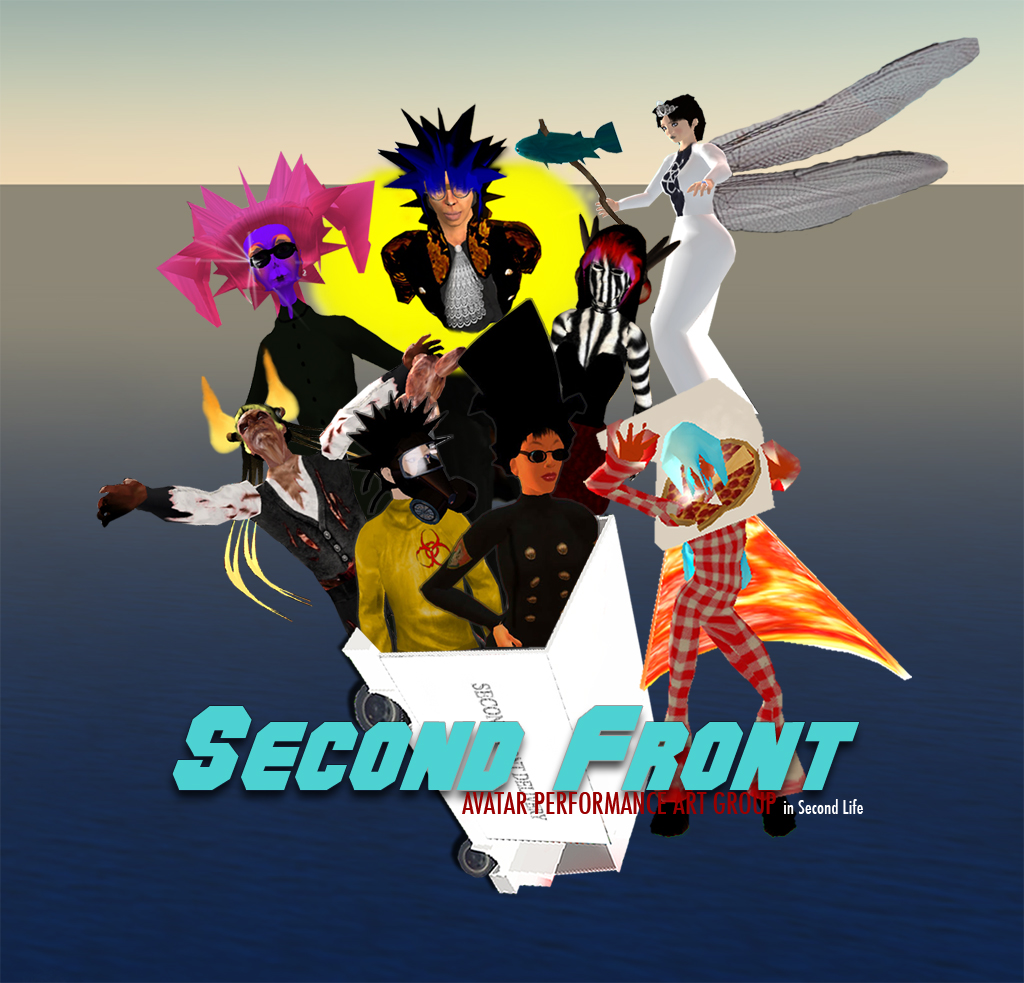






















Recent Comments